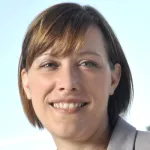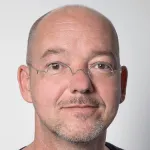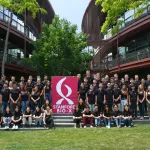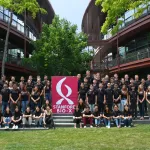Stanford Bio-X Frontiers in Interdisciplinary Biosciences Pre-Seminar
Stanford Bio-X Frontiers in Interdisciplinary Biosciences Pre-Seminar
SARAH HEILSHORN, DEPARTMENT OF MATERIALS SCIENCE & ENGINEERING
Attend Dr. Heilshorn's pre-seminar presentation to learn more about Dr. Tatiana Segura's seminar, "Injection of Hyaluronic Acid Particle Hydrogels after Ischemic Stroke Dictates Phenotypic Changes in Astrocytes", to be held Thursday, October 3rd.





